Bed Bug Spray Extra Strength 24 oz + Disposable Coveralls Medium Bundle
$39.74 Original price was: $39.74.$35.76Current price is: $35.76.
Stop guessing and start treating with confidence. This Bed Bug Spray Extra Strength Treatment, 24 oz, plus Disposable Hooded Coveralls (Medium) bundle gives you a precise, crack and crevice routine you can actually follow at home. Use close, label directed spray where bed bugs hide, then run a hot dryer cycle for linens to finish the job. It is the simple, pro style rhythm that puts product on harborages and uses heat for fabrics instead of relying on foggers that miss tight spaces.
Description
If you are waking up to new bites and playing guesswork with your sheets, this Bed Bug Spray Extra Strength and Disposable Coveralls Medium Bundle bundle is a calm, step-by-step way to take control at home. It pairs a targeted crack and crevice spray approach with simple protective clothing so you can work confidently around mattress seams, headboards, baseboards, and other tight hideouts where bed bugs actually live. The method mirrors what extensions and the EPA recommend for real results. Use contact sprays where bugs hide, avoid relying on foggers since they do not reach hidden spaces, and protect yourself with basic PPE that matches the pesticide label.
Key Customer Benefits
- Work confidently without bringing bugs or residues along for the ride. The disposable hooded coveralls help keep your everyday clothes clean during inspections and spot treatments so you reduce the chance of carrying bed bugs or wet spray into other rooms while you work. This matches the common sense PPE approach that professional and public health guides recommend when applying pesticides and cleaning harborages.
- Target the real hiding places with crack and crevice control. Bed bugs can flatten to roughly the width of a credit card and slip into seams, screw heads, and baseboard gaps. A focused, close range application along these edges is far more effective than broad misting because it puts product where bugs actually rest between feeds.
- Combine contact spray with heat so you get results faster. University extensions and the EPA note that high heat is a reliable kill step for all life stages. Running a hot dryer cycle for about thirty minutes, then returning clean items in sealed bags, pairs perfectly with a targeted spray for frames, tufts, and cracks that you cannot launder.
- Avoid the common fogger mistake that wastes time and money. Foggers are not a stand alone solution for bed bugs because the droplets do not reliably reach hidden harborages. If a fogger is used at all, it must be specifically labeled and handled with extreme care. Your bundle keeps the focus on label directed spot treatment, inspection, and heat, which aligns with federal guidance.
- See what is really happening with simple monitoring. After treatment, add low tech bed bug monitors or interceptor cups under bed legs to verify progress. Research and extension bulletins show these traps are useful for detecting early activity and for checking that control efforts are working.
- A calm, repeatable DIY routine you can stick with. The step sequence that professionals use; inspect, vacuum, apply a crack and crevice bed bug treatment, move washable items through high heat cycles, and re check with monitors, fits naturally with this spray plus protective coveralls bundle. It is practical for an apartment or a single bedroom and scales up room by room.
Product Description
What this bundle is
This Bed Bug Spray Extra Strength 24 oz + Disposable Coveralls Medium bundle is a practical kit for focused, at home bed bug control. You get a 24 ounce contact spray sized for repeated crack and crevice passes, plus a lightweight hooded coverall that helps keep your clothing clean while you work in tight harborages such as mattress seams, headboard joints, and baseboard gaps. University and extension guides consistently stress that bed bugs cluster within a few feet of where we sleep or sit, especially in seams, tufts, screw holes, and wood joints, which is exactly where a close range spray shines.
How it works, step by step
The spray provides direct contact control where bugs rest between feeds, while the coverall supports label directed personal protection so you can move slowly and work precisely. A realistic routine looks like this. Inspect and vacuum seams and cracks with a crevice tool to remove live bugs and debris, then apply short, controlled spray passes along seams, tufts, bed frame joints, and the junction of baseboards and flooring.
Move washable linens through a hot dryer cycle, then wash and dry again, since heat is a proven kill step for eggs and live bugs when items reach roughly one hundred twenty two degrees Fahrenheit. This pairing mirrors what federal and university sources recommend, that is inspection, vacuuming, targeted spraying, and heat, rather than relying on a single method.
Why it is effective and different
Many do it yourself attempts stall because the product never reaches the real hiding places, or because people try a fogger and expect it to permeate crevices. EPA and NPIC both caution that total release foggers should not be your only bed bug method, since droplets do not reliably reach hidden harborages. This bundle encourages the opposite approach, you put the spray on seams and cracks directly, and you use heat and monitoring to confirm progress.
Add interceptor cups under bed legs to verify activity, research shows they outperform casual visual checks and are valuable for low level infestations when left in place for at least a week. Protective clothing matters too. Labels typically call for long sleeves, long pants, and chemical resistant gloves at minimum, and many applicator resources note that disposable coveralls can be an extra layer of protection and cleanliness for most low toxicity household applications.
Product Specifications
| Spec | Bed Bug Spray, Extra Strength Treatment, 24 oz |
|---|---|
| What is included | One trigger sprayer bottle, 24 fluid ounces total volume |
| Intended use | Targeted crack and crevice treatment on mattress seams and tufts, bed frames, headboards, baseboard gaps, screw holes, and similar harborages. Do not rely on room fogging for bed bugs because droplets do not reach hidden spaces, use spot treatment instead. |
| Typical active ingredient categories | Varies by brand, always check the label. Many extra strength contact sprays are either EPA registered synthetics or minimum risk 25(b) plant based formulas. Common 25(b) actives that appear on EPA’s list include peppermint oil, castor oil, citric acid, corn oil, cottonseed oil, and others. |
| Coverage style | Close, controlled passes on seams, tufts, joints, and the floor to wall junction. Focus near sleeping and sitting areas where bugs cluster within a few feet. Avoid broadcast spraying of entire floors or walls unless the label explicitly allows it. |
| Surfaces | Fabrics that the label lists, plus wood and metal frames, baseboards, bed slats, picture frame backs, and other tight harborages. Always test a hidden spot first. |
| Material | Liquid formulation, water based or solvent based depending on brand. Check label. |
| Certifications and ratings | If EPA registered, the label will show an EPA Registration Number. Minimum risk 25(b) products do not carry an EPA Reg. No., but their actives must be on the EPA 25(b) list. |
| Safety and PPE | Follow the product label. At minimum, most labels and public health guidance call for long sleeves, long pants, chemical resistant gloves, and eye protection, ventilate well, and keep people and pets out until surfaces are dry. Do not use foggers as the only bed bug method. |
| Laundry and heat partner steps | Launder and dry washable items at temperatures hotter than about one hundred twenty two degrees Fahrenheit for twenty minutes or more, or run a medium to high dryer cycle for about thirty minutes for a full load. Heat is a reliable kill step for all stages when items reach lethal temperature. |
| Storage | Keep the spray in its original container with label intact, away from children and pets. Store at room temperature away from heat sources, and never reuse the empty bottle for other liquids. Follow label directions for disposal. |
| What to verify on arrival | Active ingredients and EPA Reg. No. if applicable, surface list, pre and post application directions, dry time and reentry. |
How To Use This Bundle For Best Results
Before you start, set up a clean, safe work zone
Pick one room to begin with, usually the main sleeping room. Strip the bed, bag linens and soft items, and carry the bags straight to the laundry area so nothing drips back through the hallway. Open a window or switch on a bathroom fan for airflow, then clear floor edges so you can reach baseboards.
Put on the disposable hooded coverall over long sleeves and long pants, add chemical resistant gloves and eye protection that match your spray label. Keep food, kids, and pets out of the room until surfaces are dry. EPA guidance for pesticide handlers is clear about separating contaminated clothing from regular laundry and about using the PPE on the label.
Step 1. Inspect the places bed bugs actually hide
Use a bright flashlight and a thin tool to check the mattress tape edge, seams, and tufts, the box spring, the headboard back, screw holes, bed frame joints, and the junction where floor meets wall. Look for live bugs, shed skins, tiny pale eggs, and dark spotting. Extension playbooks from Michigan State, Purdue, and others emphasize seams, tufts, wood joints, and picture frames because most activity is within a few feet of where people sleep. Confirm bugs before you spray, and note the worst spots so you can target them later.
Step 2. Vacuum to remove what you can before spraying
Attach a crevice tool to your vacuum and work slowly along seams, cracks, and screw heads. Empty the vacuum outside into a sealed bag. Universities advise vacuuming before and during control because it physically removes live insects and debris that can shield eggs. A non conductive plastic crevice tool helps near outlets and electronics. Repeated vacuuming of edges and harborages reduces numbers and improves spray contact later.
Step 3. Apply the bed bug spray as a close, controlled treatment
Read the entire spray label first. Then make short passes directly on seams and tufts, bed frame joints, headboard backs, and the gap at baseboards and flooring. Aim for cracks and crevices rather than broad misting of entire surfaces unless your label allows it. EPA’s do it yourself guidance stresses that foggers are not a stand alone method because droplets do not reach hidden spaces. Focused, label directed spot treatment is the standard at home and in professional practice. Keep people and pets out until treated areas are completely dry.
Step 4. Run laundry and heat as your partner step
Move bagged linens, recent pajamas, and soft goods through a hot dryer cycle. A loosely filled dryer on high can kill all life stages in about thirty minutes once items reach lethal temperature. Multiple extensions and state agencies confirm that about one hundred twenty two degrees Fahrenheit at the item core is the target for eggs and live bugs. Wash and dry after the heat cycle for cleanliness, then store cleaned items in sealed bags until the room is finished.
Step 5. Reassemble the bed and isolate it from the room
Pull the bed a few inches from the wall, avoid draping bed skirts to the floor, and if you have interceptor cups, place them under each leg to monitor activity. Rutgers research shows passive monitors and interceptor traps detect early activity and help you evaluate progress after treatment. Avoid leaning pillows or clothes against walls so bugs must climb the legs and fall into the cups.
Step 6. Plan follow up passes
Bed bug work is rarely a single day project. Recheck all seams, joints, and baseboards after about seven days, and again at two weeks. Vacuum new debris, then repeat careful crack and crevice passes where you still see signs. The University of Minnesota and other extensions recommend ongoing inspection, vacuuming, heat for fabrics, and targeted applications rather than one heavy broadcast. This rhythm is easier to stick with and aligns with labels.
Important safety notes
Keep the room ventilated while you work and during drying. Follow label rules for reentry time. Store the spray in its original container, never pour leftovers into unmarked bottles, and keep it out of reach of children. EPA and NPIC both caution against relying on total release foggers for bed bugs, and they warn that using extra foggers does not improve control and can increase risk. If your label lists glove materials by chemical resistance category, choose the glove type it names, such as nitrile or butyl. Dispose of the single use coverall in a sealed bag after the session so you do not track residues.
What not to do
Do not spray mattresses or fabrics unless your label explicitly lists those surfaces. Do not saturate outlets or electronics. Do not count on a fogger to solve a bed bug problem inside cracks and screw holes. These warnings appear repeatedly in federal and university guidance because bed bugs spend most of their time in tight harborages that foggers do not reach.
Apartment or multi unit tips
If you share walls, talk with building management so inspections include adjacent units. Document what you see with time stamped photos. Tennessee Extension notes that detection methods, including monitors and inspections, should verify presence before any treatment plan starts. Coordinating inspections helps prevent reinfestation from next door.
This bundle works best when you use it like a pro: inspect carefully, vacuum first, make precise crack and crevice applications, run a heat cycle for fabrics, then verify progress with monitors. That sequence matches EPA and university guidance and gives you a calm, repeatable routine you can follow across rooms without guesswork.
Frequently Asked Questions
1) Do bug bombs or foggers get rid of bed bugs in a bedroom?
Short answer, no, not by themselves. EPA says foggers should not be used as the only method because the insecticide has to touch the bugs, and bed bugs spend most of their time tucked in cracks and seams where fogger droplets do not reach. Targeted crack-and-crevice treatment plus heat and monitoring is the recommended path.
2) What temperature and timing actually kill all stages, including eggs?
University and extension sources align on the target. Adult bed bugs die at about 118 degrees Fahrenheit when exposure is long enough, eggs need roughly 122 degrees Fahrenheit. Practically, a medium-to-high dryer cycle for about 30 minutes on a loosely filled load reaches lethal temperatures and is a common home method.
3) Is a dryer cycle enough, or do I have to wash everything first?
Heat is the kill step. Many pros send items straight to a hot dryer first, then wash and dry for cleanliness. Extensions note that a loosely filled dryer on high for roughly 30 minutes kills all stages once items hit lethal temperatures. This is why your laundry routine pairs nicely with a bed bug spray extra strength plan for non-washable cracks and seams.
4) Do interceptor cups and monitors really work, or are they gimmicks?
They work for detection and for tracking progress. Research from Rutgers and peers found interceptor traps and carbon dioxide-baited monitors detect low-level infestations and can outperform quick visual checks. They are not a cure; they are an early-warning and verification tool after treatments.
5) I vacuumed first, did that actually help or did I just move things around?
Vacuuming helps. Extensions advise crevice-tool vacuuming before and during control because it physically removes live bugs and debris that can shield eggs, which improves your crack-and-crevice spray contact later. Empty the canister or bag outside into a sealed bag.
6) Why do professionals warn against “whole-room” spraying or overusing products?
Because precision beats volume with bed bugs. Most labels and EPA guidance emphasize spot and crack-and-crevice applications on seams, tufts, bed frames, and baseboard gaps, not broad wall-to-wall spraying or fogging. Overuse can be unsafe and often misses where bed bugs actually live.
7) Do I need protective clothing for DIY treatment, or are gloves enough?
Follow your product label first. Public-health and manufacturer guidance often call for long sleeves, long pants, gloves, and eye protection. A disposable hooded coverall is a simple extra layer that keeps street clothes clean and reduces the chance of tracking residues or hitchhikers between rooms.
8) I am in an apartment. Who handles bed bug treatment, me or the landlord?
Local laws vary. Many jurisdictions expect landlords to coordinate licensed treatment once notified, within defined timelines, because bed bugs spread between units. Tenants should document issues and follow prep instructions. Check your city or state rules, then escalate through management if needed.
9) I tried a fogger before reading this. Did I make things worse?
You may not have helped. Studies and EPA pages report over-the-counter total-release foggers are ineffective for bed bugs because droplets do not reach hidden harborages. Switch to label-directed crack-and-crevice applications, plus heat for fabrics, and add monitors to verify progress.
10) What if I only see bites but cannot find bugs? How should I check correctly?
Start at the bed, then work outward. Extensions advise inspecting mattress tape edges, seams and tufts, box spring interiors, headboard backs, frame joints, screw holes, and the floor-to-wall junction. Use a bright flashlight and a thin tool. Add interceptors to bed legs for a week to assist detection.
11) Are “natural” powders like diatomaceous earth a good add-on?
Diatomaceous earth can kill bed bugs by abrading the cuticle so they dehydrate. It is slow and works best as part of an integrated plan with careful application and safety in mind, and it should not replace targeted spray and heat. Always follow the product label and avoid over-dusting.
12) I travel often. Any quick routine to lower risk when I get home?
Keep luggage away from beds, consider parking it in a garage or bathroom for inspection, and send travel clothes through a hot dryer cycle promptly. Do not rely on suitcase “resting” alone. Multiple experts and extensions favor immediate high-heat laundry as the practical step.
Conclusion
You are not powerless here. With a Bed Bug Spray Extra Strength 24 oz and Disposable Coveralls Medium Bundle, you can follow the same calm, stepwise plan used by professionals: inspect precisely, vacuum the seams and screw holes that bugs actually use, place the spray exactly in cracks and crevices, and run high heat laundry so fabrics reach lethal temperature. That method is what public agencies and university extensions teach because foggers do not reliably reach hidden harborages, while heat and close range applications do the real work.
Keep it simple and verifiable. Add interceptor cups under bed legs to track progress instead of guessing, and repeat light crack and crevice passes on a one to two week rhythm until monitors stay quiet. Research groups at Rutgers have shown these monitors detect low level activity and help confirm that your plan is working.
Related products
-
Sale!
Extra Strength Bed Bug and Mite Spray 24 oz and Laundry Additive 32 oz Bundle
$60.25Original price was: $60.25.$58.99Current price is: $58.99. Buy Now -
Harris Queen Bed Bug Proof Mattress Encasement, Waterproof Protector
$31.99 Buy Now -
ZappBug Room Bed Bug Heater for Beds and Couches: Large-Capacity DIY Heat Chamber
$1,695.00 Buy Now -
Sale!
Steri-Fab All-in-One Disinfectant & Insecticide Spray, 16 oz,
$28.13Original price was: $28.13.$26.23Current price is: $26.23. Buy Now
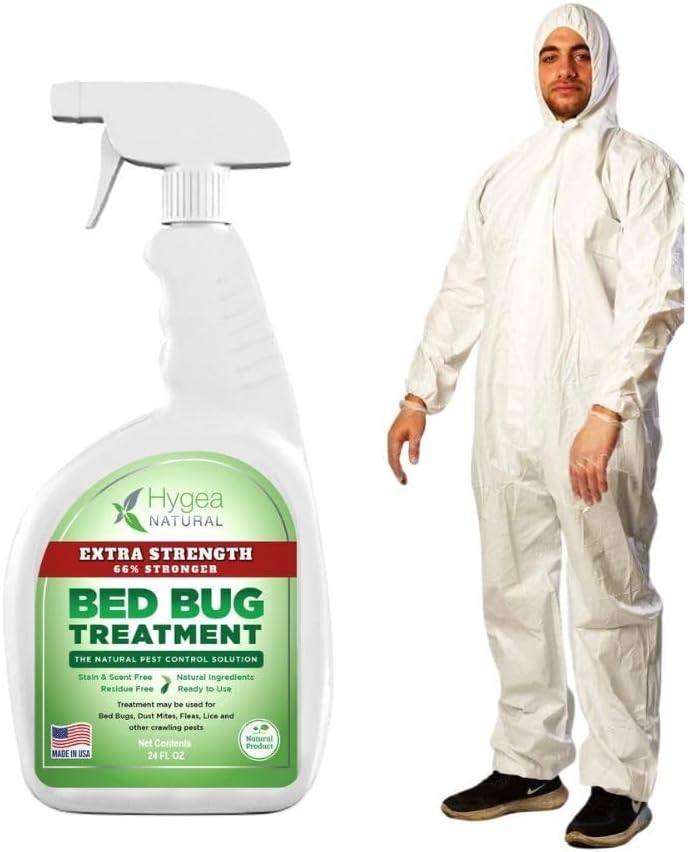
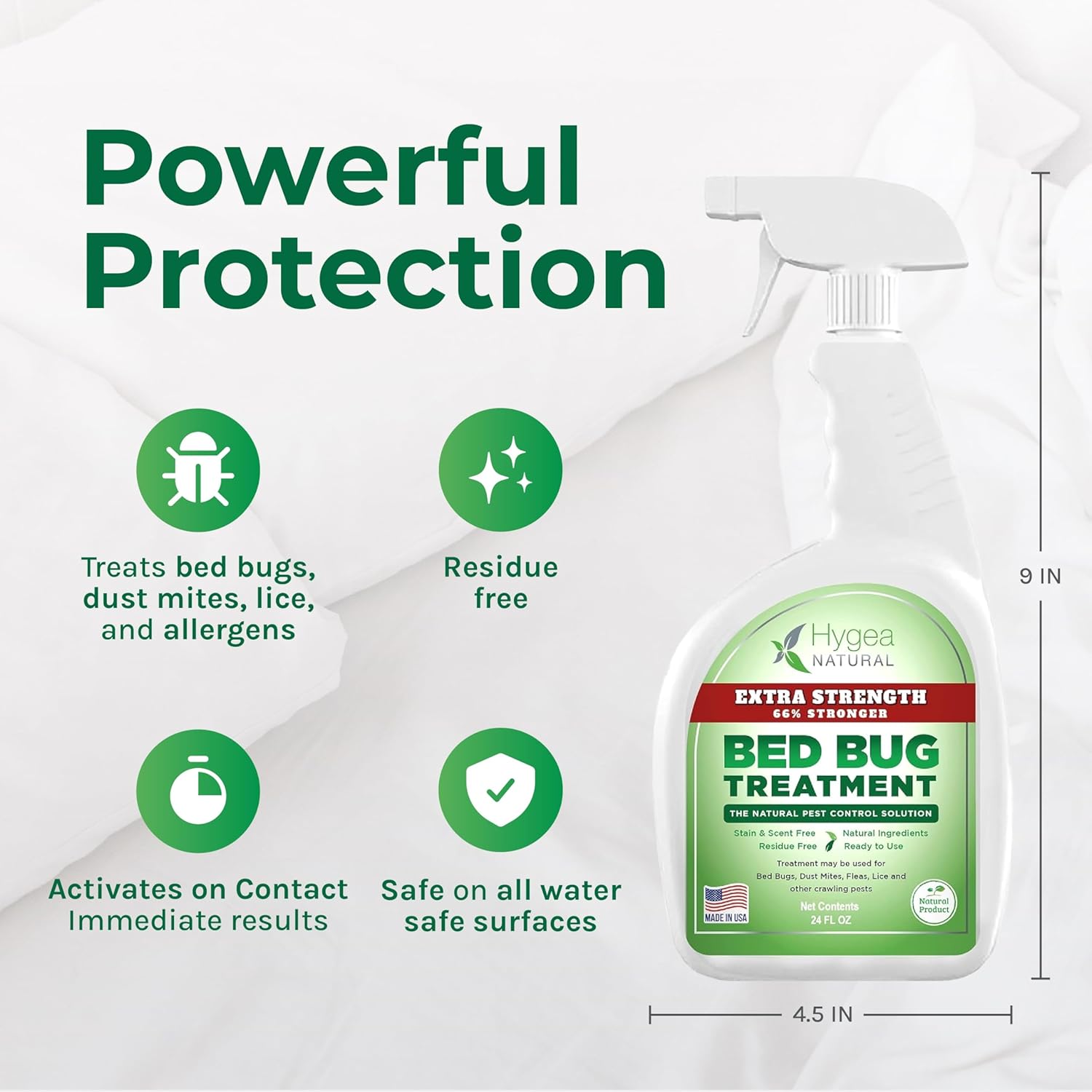
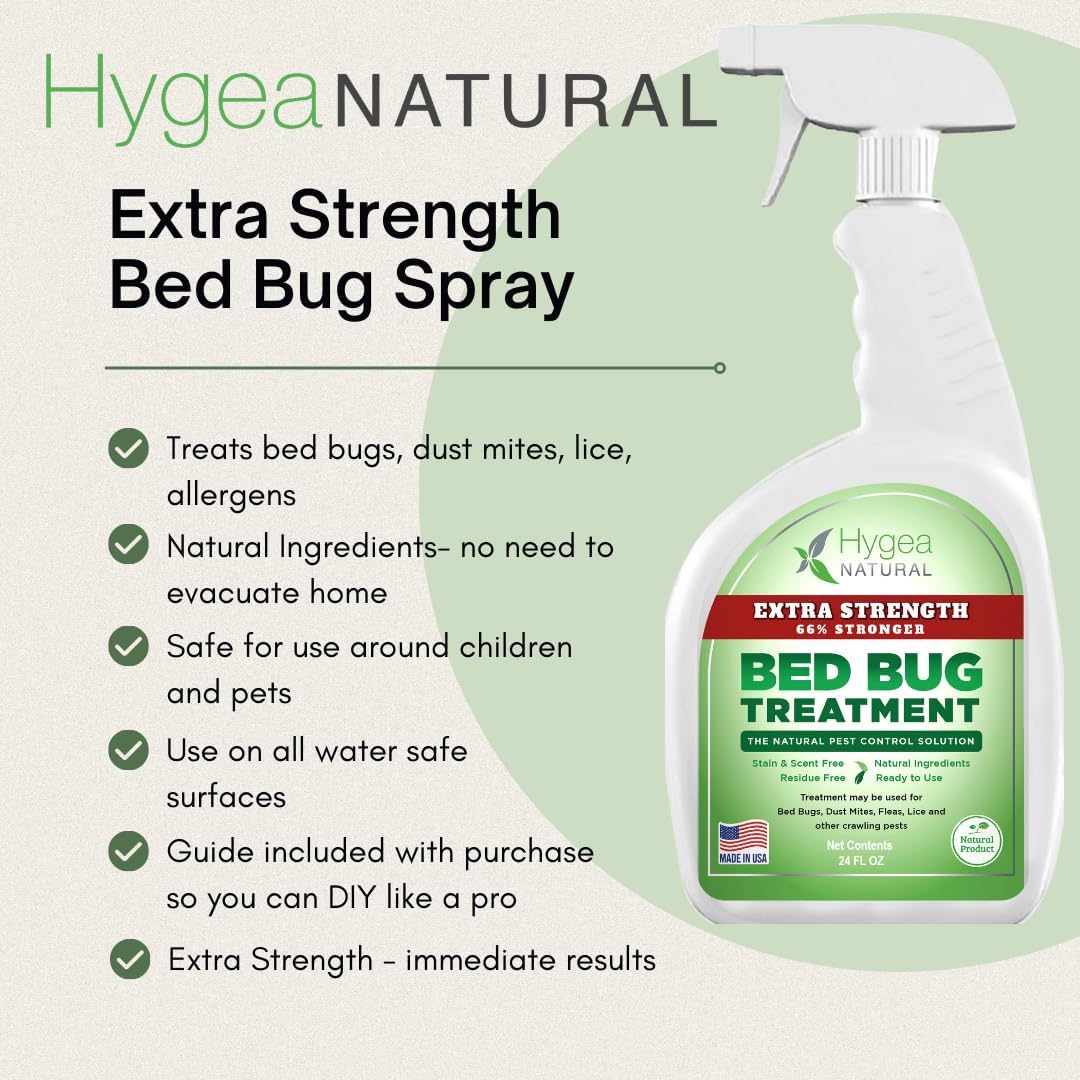
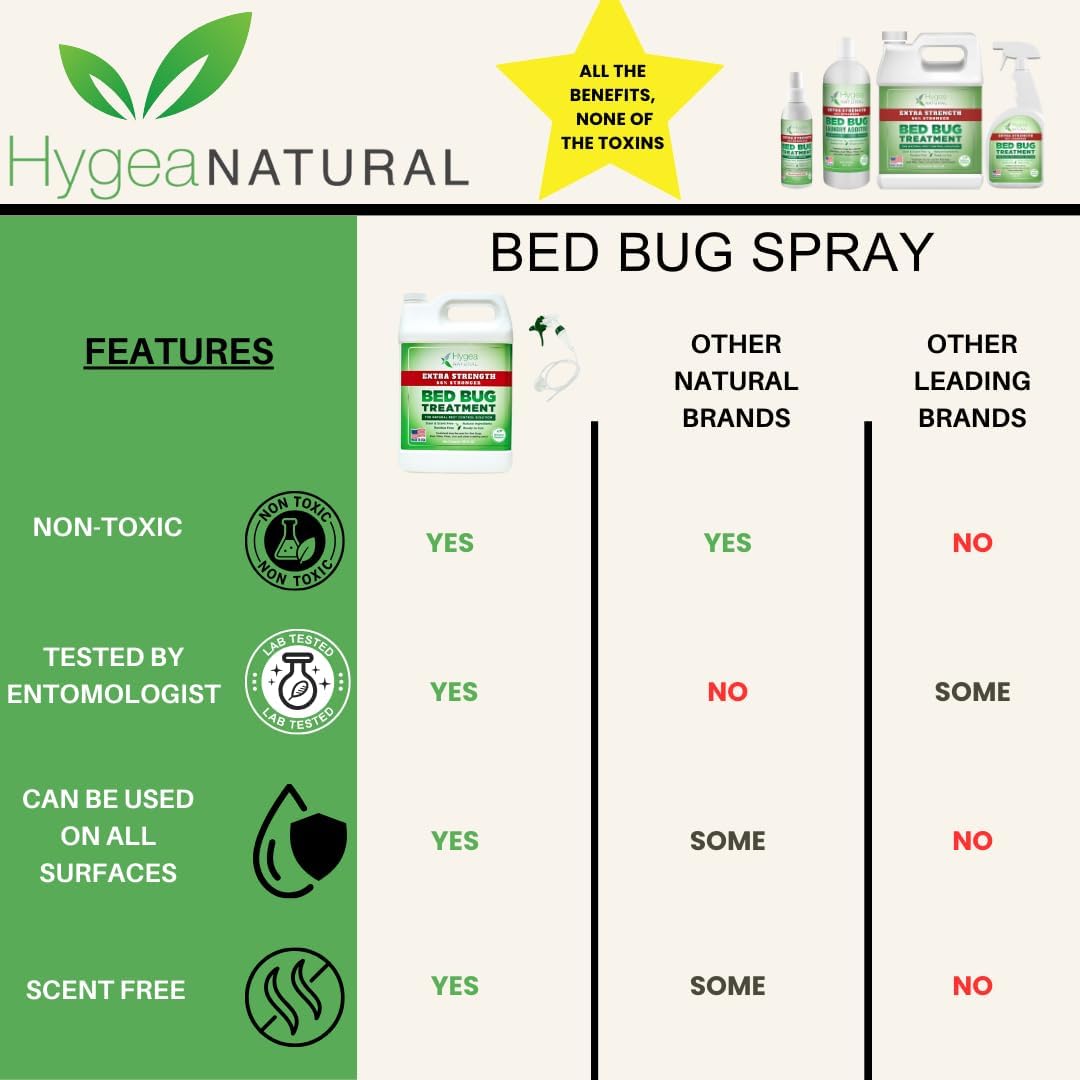
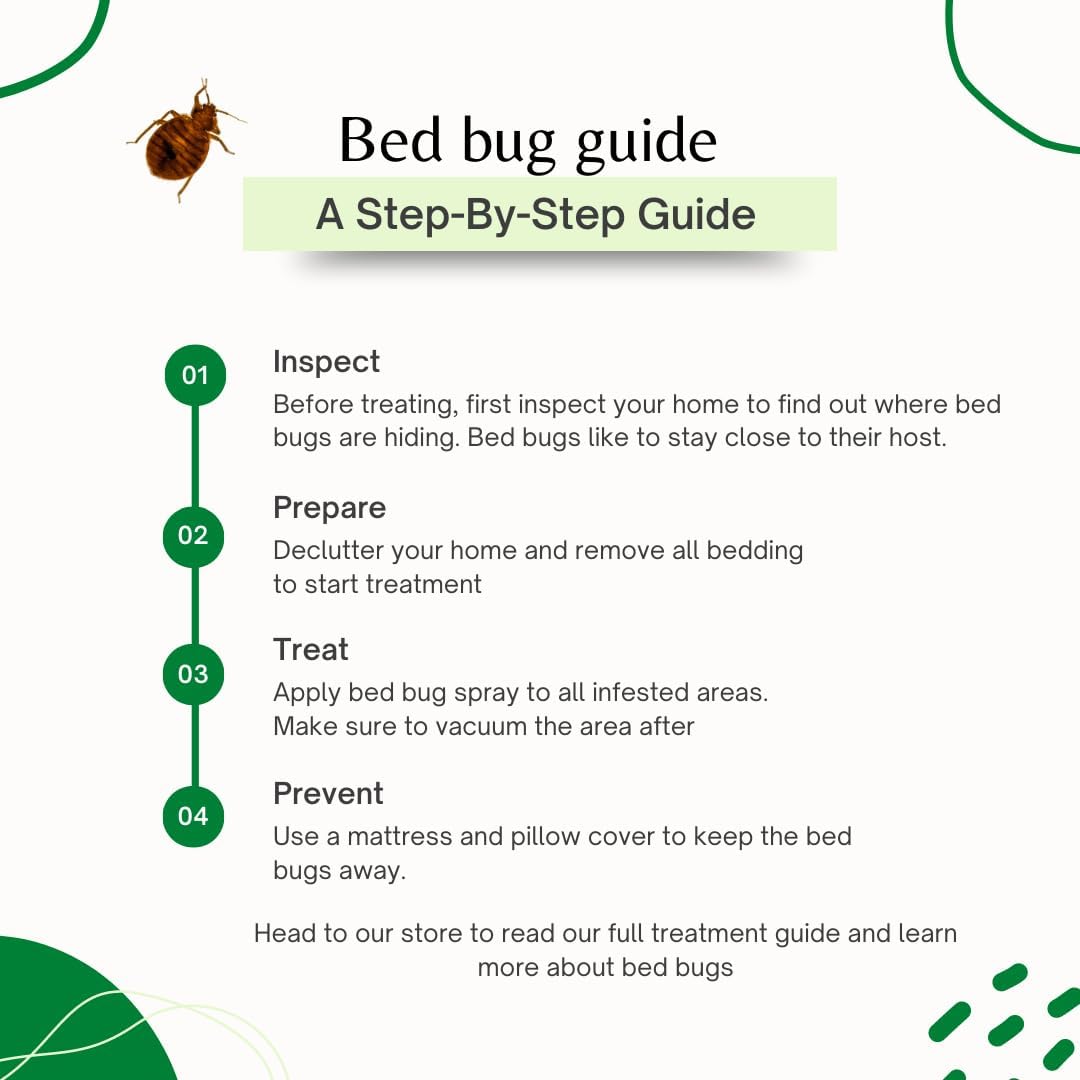
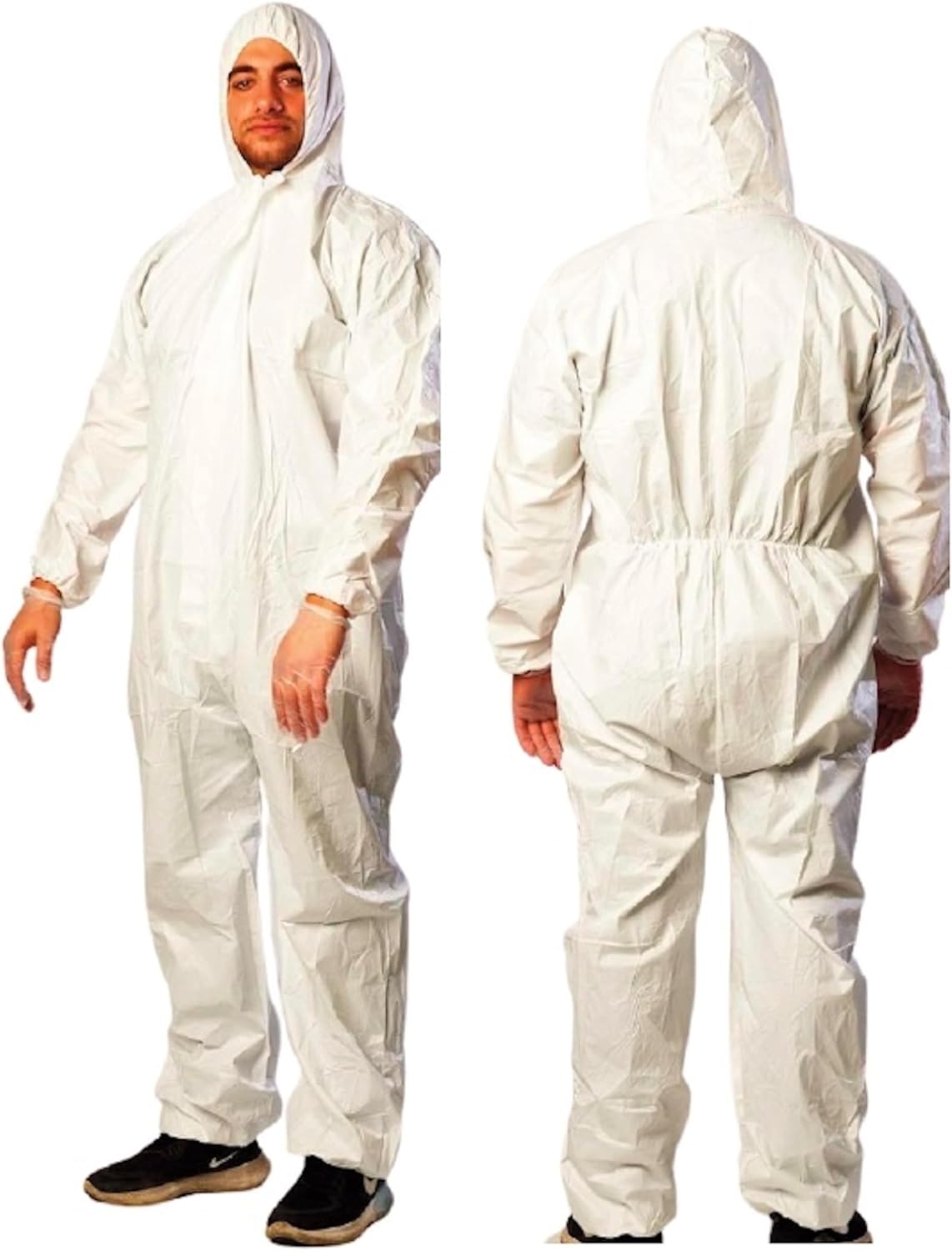
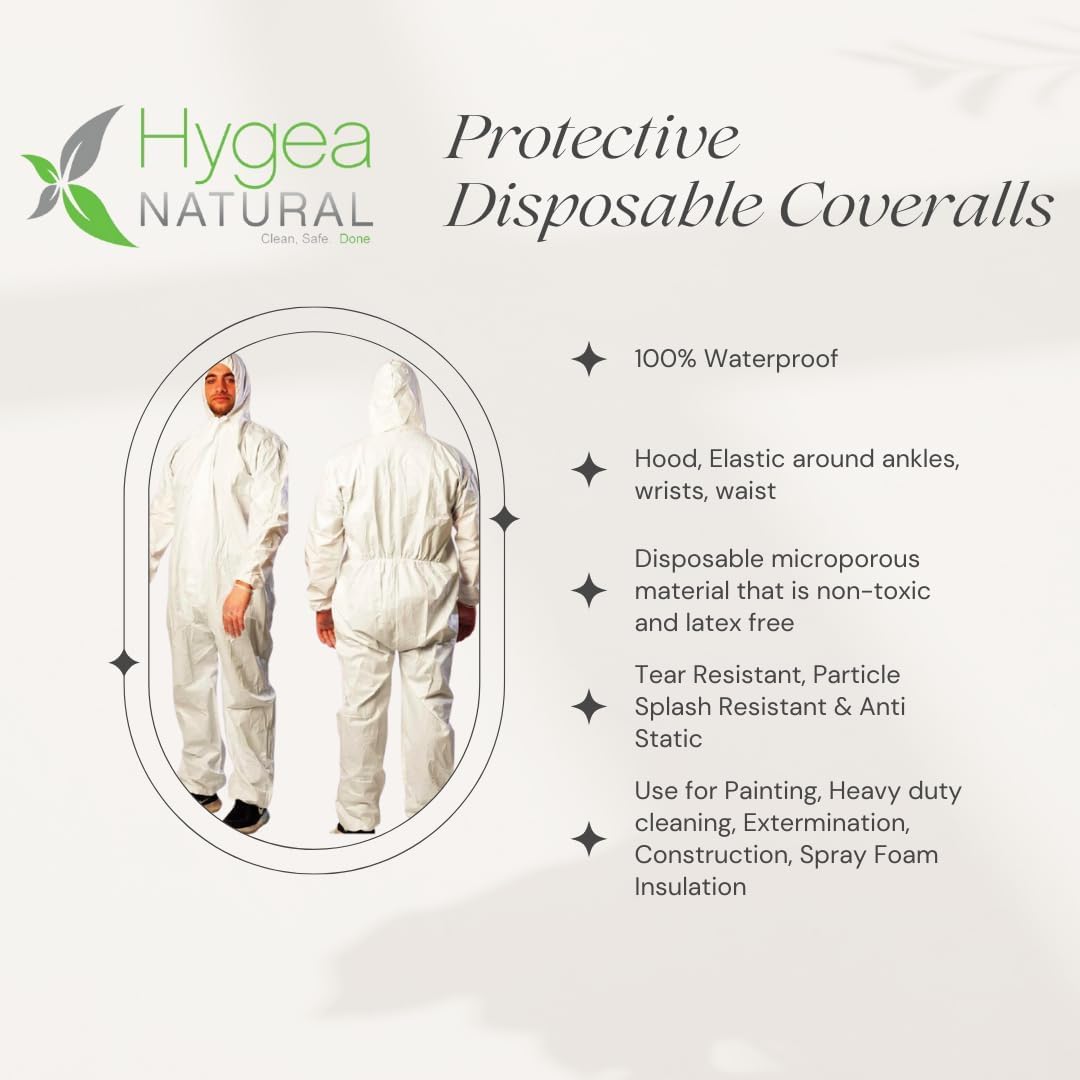
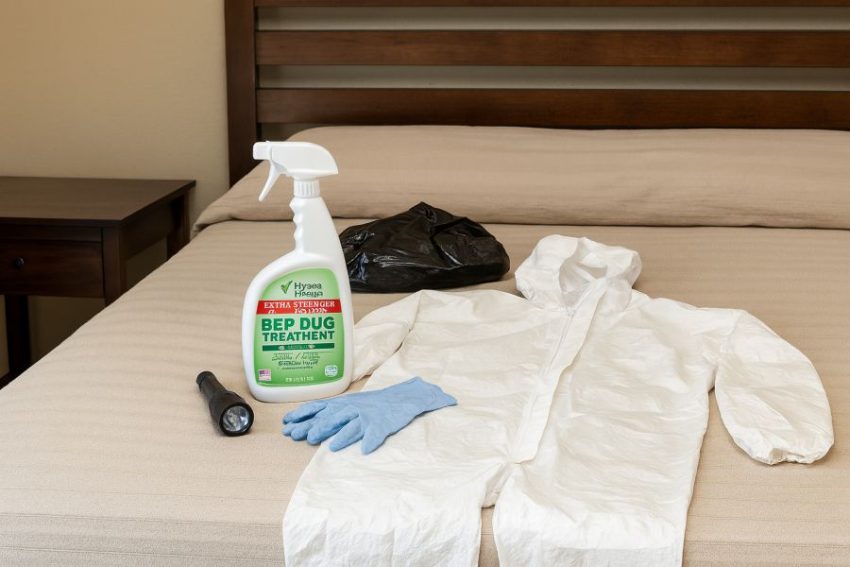
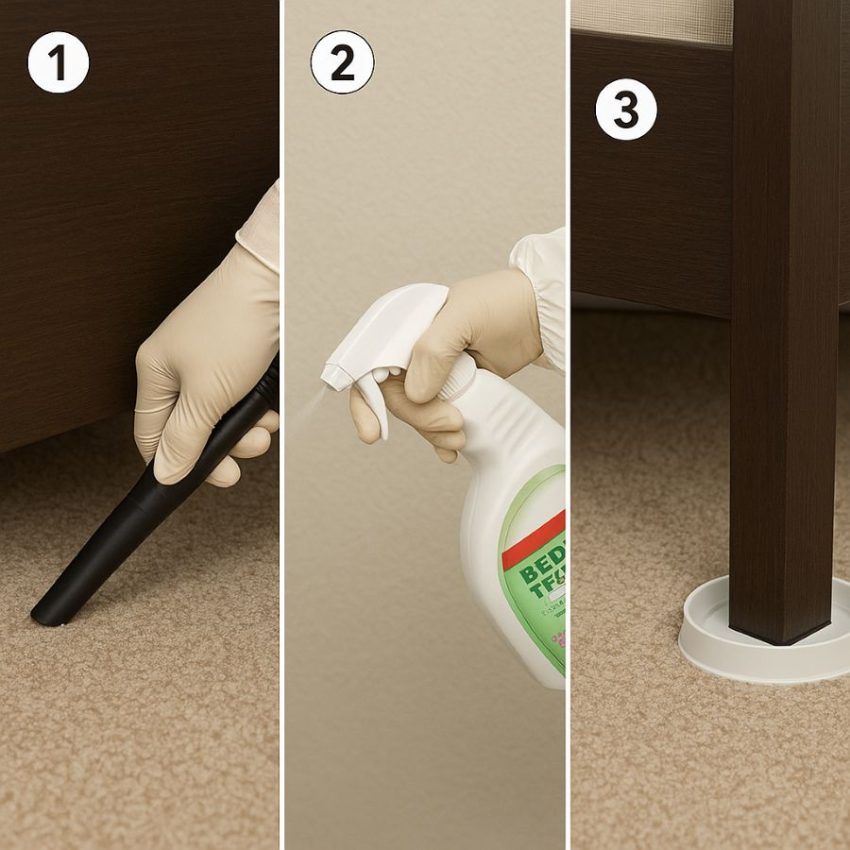
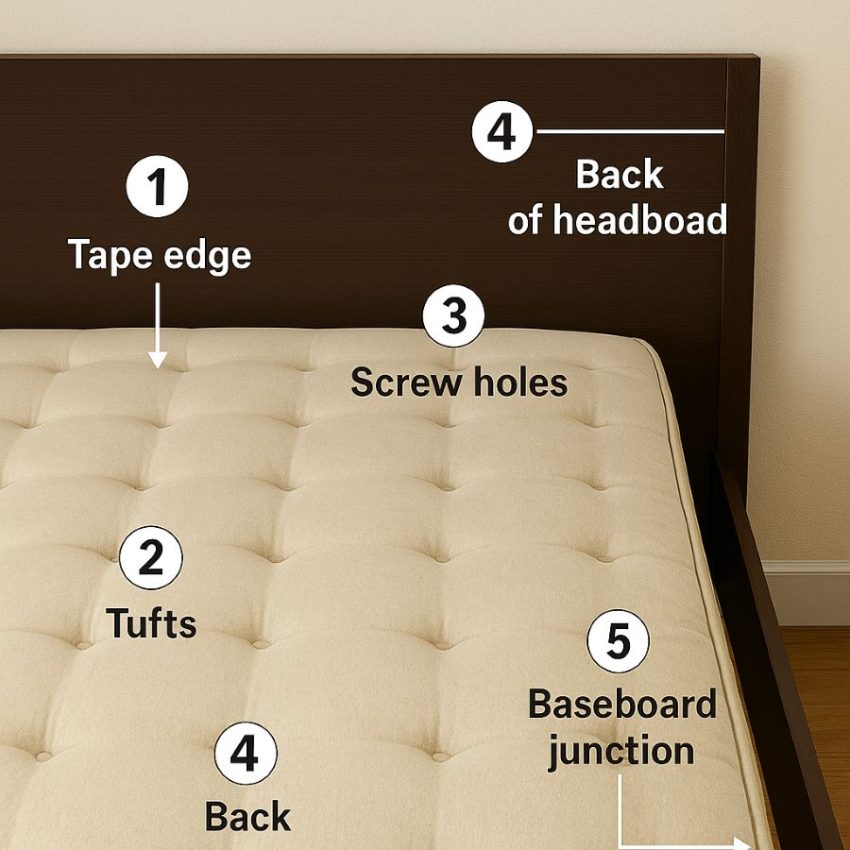
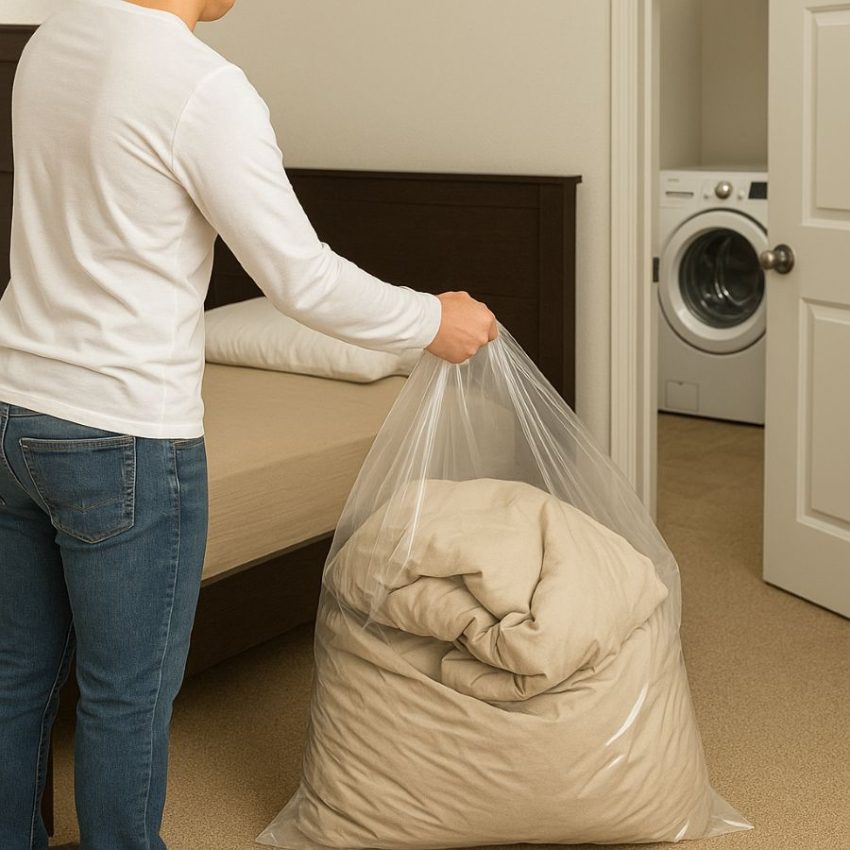
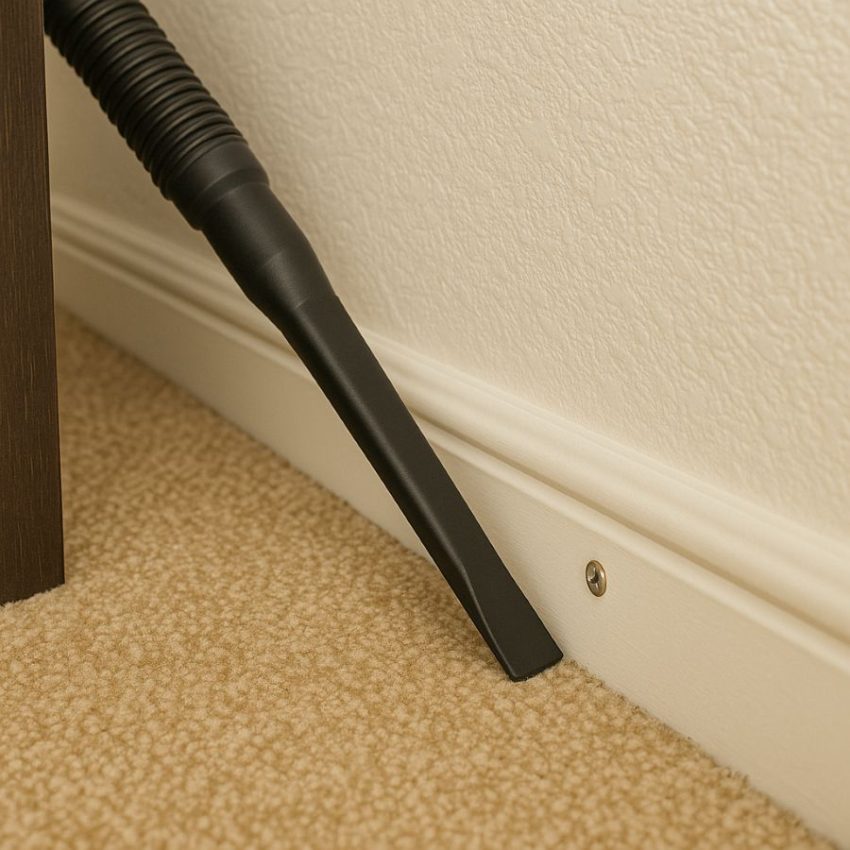
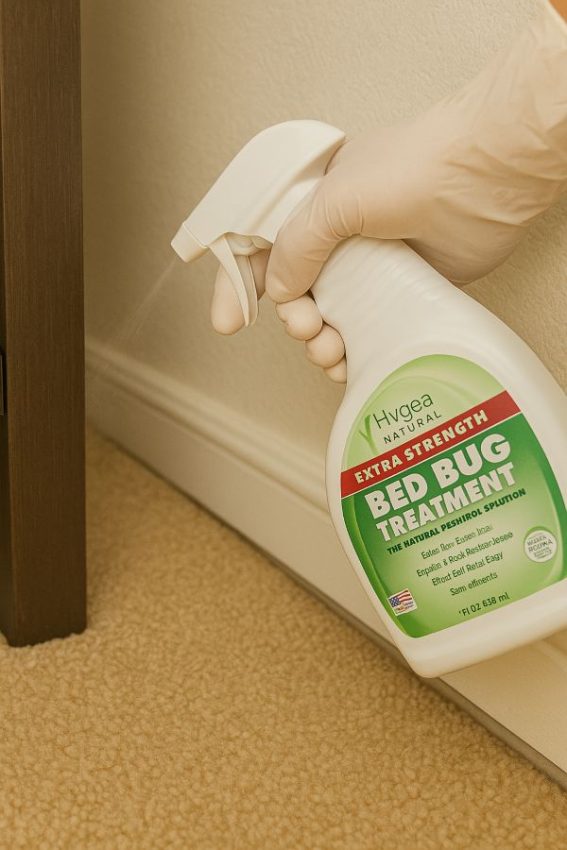
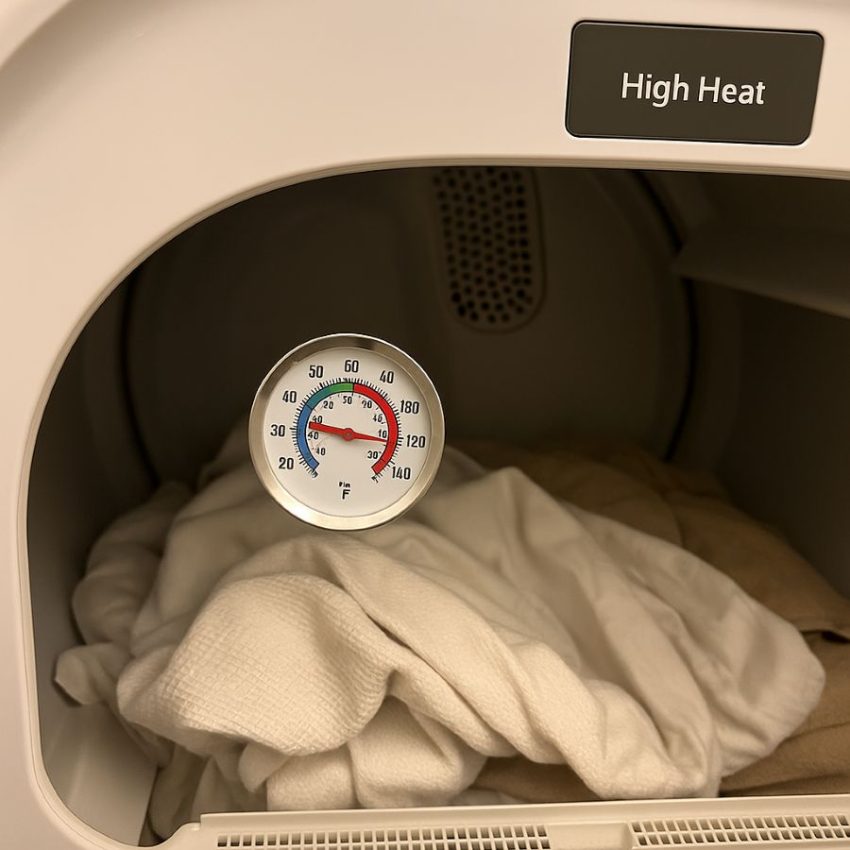
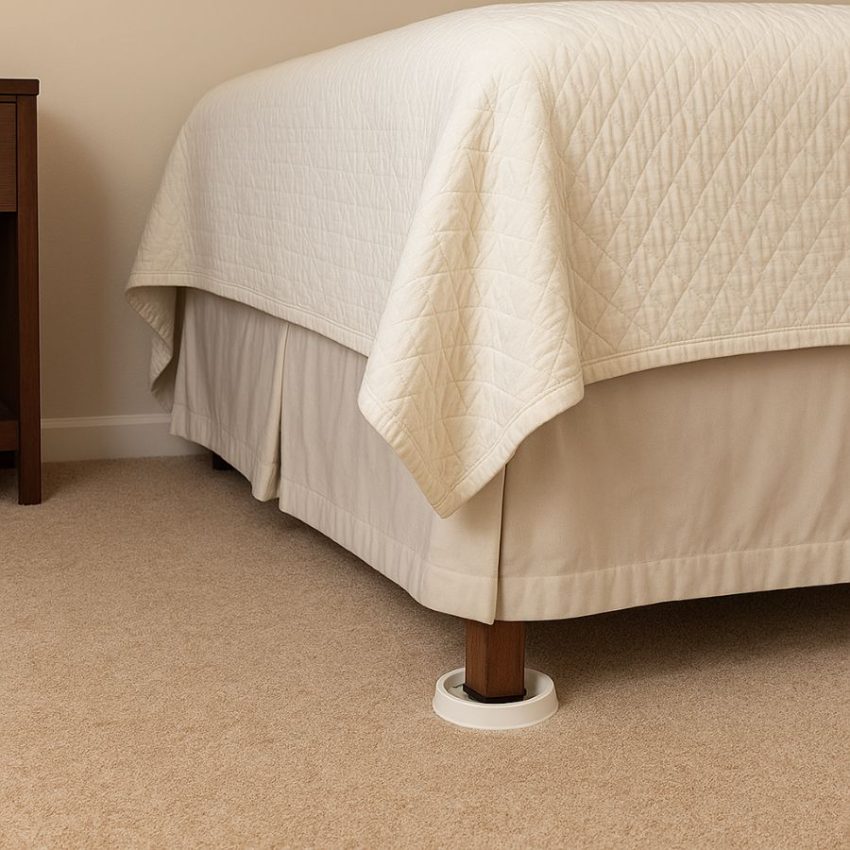

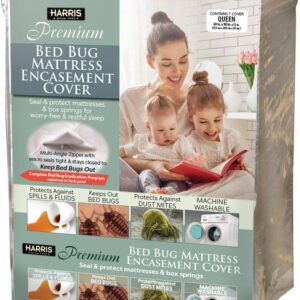
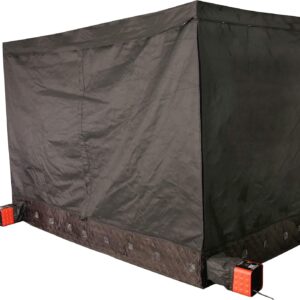
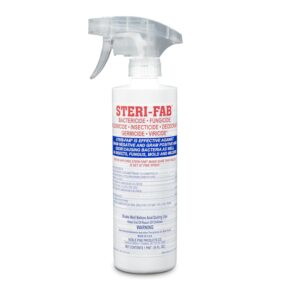
Reviews
There are no reviews yet.